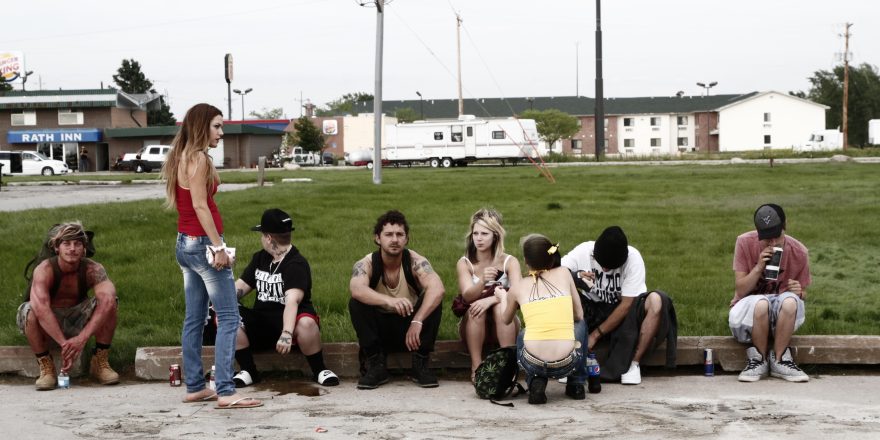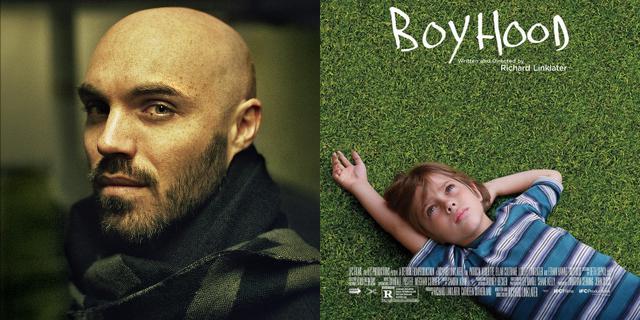“How’d they do that?” After the credits roll, when the lights come up, and I’m sitting in the theater speechless, it’s the question that runs through my head on repeat. Not how did they do that certain shot or visual effect or impressive action sequence, but more like how did the filmmakers and his/her collaborators make me feel this way … and keep me feeling this way for hours, days, weeks after the movie ended. How did they do this to me?
I imagine filmgoers in 1972 felt it after leaving a screening of Last Tango in Paris. And the following years with Mean Streets, Nashville, A Woman Under the Influence or Days of Heaven. Unfortunately, the first time I saw those films was on a TV, a letterboxed VHS if I was lucky. But the theater is essential to the “How’d they do that?” phenomenon. You can’t just turn off your TV from the safety of your couch. You have to stand up, go outside, interact with the world – which isn’t quite the same after the “How’d they do that?” experience. In my life, only a handful of films have done this to me: Do the Right Thing, Dazed and Confused, Kids, Breaking the Waves, Boogie Nights, 24 Hour Party People, Boyhood, (perhaps a few more I’m forgetting as I write this) and now … American Honey.
“How’d they do that?” filmmaking drops me into a world I didn’t know existed. It swings from painfully intimate to awe-inspiringly epic – sometimes in the same scene (or miraculously in the same shot!). It sizzles my blood long after I’ve left the theater and stirs up a lot of complicated feelings. The filmmaker in me wants to track down the screenplay, find out what was scripted vs. improvised, shot-listed vs. captured on the fly … how much planning does it take to make me feel this way? Is this normal? How’d they do it? On the other hand, the filmgoer in me is an emotional wreck: exhilarated, repulsed, angry, inspired, confused, enlightened, happy, sad, shaken up … Just about any movie is capable of making me feel two or three of these sensations, but all of them in one film? How the fuck did they do that?
Though I’m familiar with the work of a few actors in American Honey (Shia LaBeouf, Riley Keough, Will Patton), I’ve never seen anyone else before. Where did the filmmakers find these people? (And how does Shia LaBeouf’s character feel as real as the dude who keeps pulling his dick out of his pants?) I can’t imagine the traditional casting process would have yielded such an authentic ensemble. Appearing in every scene of the film, Sasha Lane is mesmerizing as the film’s 18-year-old protagonist, Star, but the supporting cast are just as memorable — not one specific individual, but the troupe as a whole. The group chemistry of the magazine sales crew — the ragtag gang of door-to-door subscription-selling kids Star joins forces with – is so good, so real, I wouldn’t be shocked to learn they’ve been traveling together for years. And yet, that can’t be possible. Can it? How’d they do it?
I was warned before seeing American Honey that it was long. And it is. But I’m not sure a shorter version would leave me feeling the same way. Like Boyhood, the film sneaks up on you, makes you forget you’re watching a film — because it’s not adhering to our conventional notions of plotting, character or running time. At a certain point, I really felt like anything could happen. Did Andrea Arnold, the film’s director, have the ending in mind when she started making American Honey? The middle? The beginning? How’d she do it?
Of course, I could go online, read some interviews with Arnold, and figure out how they did some (or all?) of this stuff. And I will, eventually. But for the time being — while the film still has a grip on me — I’m going to embrace the questions, sit with the mystery, and let the film keep doing its thing. I might even see it again.





